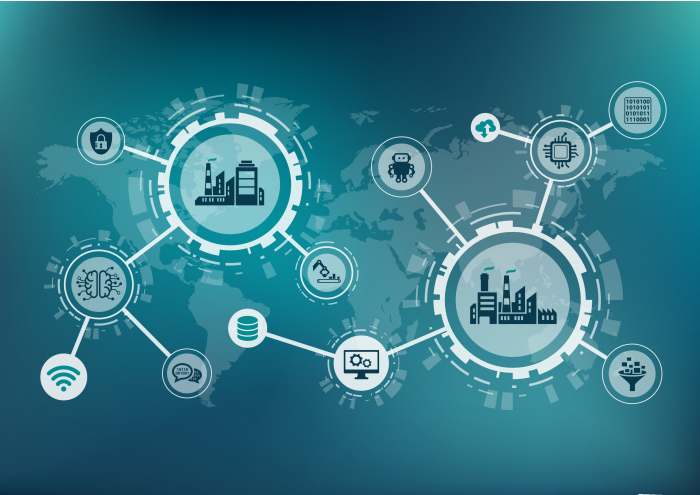Video: Key Considerations for Edge Computing in Industrial Applications

Video: Key Considerations for Edge Computing in Industrial Applications
You’ve probably heard of edge computing before. Here’s what you might not have heard:
∙ Its benefits can include increased reliability and improved security.
∙ By next year, at least 75% of “greenfield” IoT projects will use containers for application lifecycle management at the edge, up from 30% in - whoa - 2021. (!!)
∙ By 2025, 30% of new industrial control systems will include analytics and AI-edge inference capabilities. (This figure was less than 5% last year.)
As Strategic Product Manager Vishal Prakash notes in the tutorial below, these findings tell us that “edge” is no longer merely a buzzword. Edge computing’s usage is growing and has shown no signs of slowing down.
At its core, Prakash notes, edge computing is the deployment of intelligent devices at industrial sites for the distribution of real-time data that’s closer to the data’s source. That allows for lower latency than cloud computing, enabling faster data; and helps companies save bandwidth due to the ability to analyze the data locally.
Watch the tutorial to find out what’s driving edge computing’s evolution and discover considerations for the technology’s implementation in industrial applications:
Learn more about how plant-floor data can be collected and analyzed to achieve IIoT goals.

